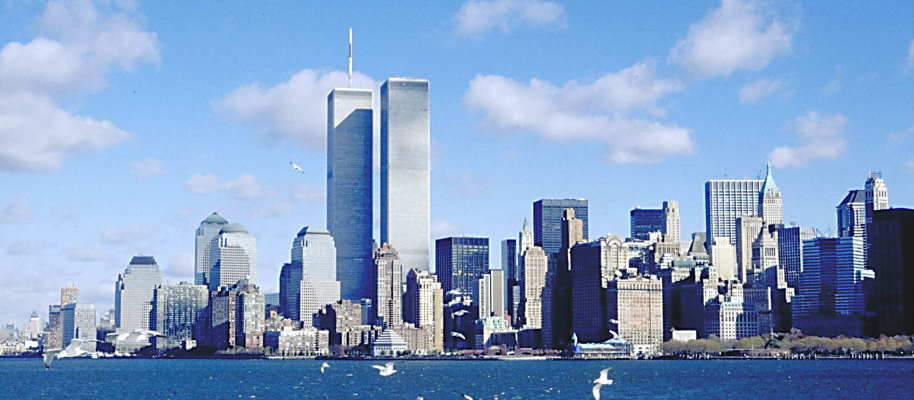Header image shows New York City skyline prior to 9-11-2001. “Never Forget”
New York became the 11th state on July 26, 1788.
Eastern Bluebird
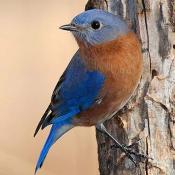
a small thrush. Eastern bluebirds are very social birds. At times, they gather in flocks of a hundred or more. Bluebirds are generally monogamous, staying together throughout the breeding season, and may breed together for more than one season. However, some birds may switch mates during a breeding season to raise a second brood. A bluebird can spot caterpillars and insects in tall grass at the remarkable distance of over 50 yards.
State bird of Missouri and New York
Flower: Rose

The rose is our national flower and the state flower of New York; the Cherokee rose is the state flower of Georgia; and the wild prairie rose is also the state flower of North Dakota and Iowa. The rose is a symbol of love and beauty (as well as war and politics) the world over. Red rose is a symbol of love, yellow of friendship, orange of enthusiasm, white of purity and pink of joy. We usually call the sharp spikes on the stem of a rose bush “thorns”. But these are in fact technically prickles.
Tree: Sugar Maple
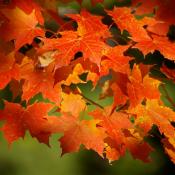
Sugar maple is best known for its bright fall foliage and for being the primary source of maple syrup. It takes 40 parts of maple sap to produce only 1 part of pure syrup. The wood from the sugar maple tree is used for making bowling alleys and bowling pins; basketball courts, including the floors used by the NBA; and baseball bats. It is also widely used in the manufacture of musical instruments, such as the members of the violin family (sides and back), guitars (neck), and drum shells.
State Quarter
From theus50.com
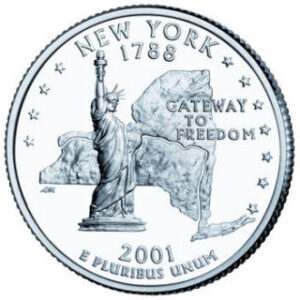
The New York quarter features the Statue of Liberty superimposed over an outline of the state along with the inscription “Gateway to Freedom.” Also incorporated into the state outline is a line tracing the Hudson River and the route of the Erie Canal.
This final New York design celebrates the “Empire State” as a point of entry for millions of immigrants seeking the political freedom and democracy that American citizenship provides. President Grover Cleveland accepted the Statue of Liberty, a gift from the people of France, on behalf of the United States on October 28, 1886. Lady Liberty was designated a National Monument on October 15, 1924 and underwent extensive restoration for her remarkable centennial on July 4, 1986. Governor George E. Pataki asked the United States Mint to add the line tracing the Hudson River and the route of the Erie Canal because of the vital developmental role of the waterways.
Capital: Albany, New York
Nickname: Empire State, Excelsior State
Motto: Ever upward
New York Facts and Trivia
In 1609, English explorer Henry Hudson found New York Bay and the Hudson River while exploring for the Dutch. The Dutch laid claim to the surrounding land and began to settle the area. They traded with the natives for beaver furs which were popular in Europe at the time for making hats.
The first Dutch settlement was Fort Nassau established in 1614. It was destroyed by flood in 1617. Soon more settlements were built including Fort Orange in 1624 (which would later become Albany) and Fort Amsterdam in 1625. Fort Amsterdam would become the city of New Amsterdam which would later become New York City. Over the next several years, the Dutch colony continued to grow. People from many countries moved into the area including many from England.
European settlers who brought seeds to New York introduced apples in the 1600s.
In 1664, an English fleet arrived at New Amsterdam. The English took control of the colony and renamed both the city and the colony New York.
The oldest cattle ranch in the US was started in 1747 at Montauk on Long Island.
In 1754, France and England went to war in what is called the French and Indian War. The war lasted until 1763 and a lot of the fighting took place in New York. This was because the French allied with the Algonquian tribes and the English with the Iroquois. In the end, the British won and New York remained an English colony.
The Sons of Liberty were formed in New York City to protest the Stamp Act. Then, in 1775, one of the first conflicts of the Revolution War occurred when Ethan Allen and the Green Mountain boys captured Fort Ticonderoga.
Some of the largest and most important battles of the Revolutionary War took place in New York. The Battle of Long Island was the largest battle of the war. It was fought in 1776 and resulted in the British defeating the Continental Army and gaining control of New York City. However, the turning point of the war took place at the Battle of Saratoga in 1777. During this series of battles, General Horatio Gates led the Continental Army to victory resulting in the surrender of the British Army under British General Burgoyne.
On July 26, 1788 New York ratified the new U.S. Constitution and became the 11th state to join the Union. New York City was the nation’s capital until 1790. Albany has been the state capital since 1797.
The first capital of the United States was New York City. In 1789 George Washington took his oath as president on the balcony at Federal Hall.
In 1807 The Clermont made its maiden voyage from New York City to Albany making the vessel the first successful steamboat.
On December 30, 1813, Buffalo, New York was burned by the British.
1825 – The Erie Canal opened connecting the Great Lakes to the Hudson River and the Atlantic Ocean.
Joseph C. Gayetty of New York City invented toilet paper in 1857.
1892 – Ellis Island opened as the central immigration center for the United States.
Gennaro Lombardi opened the first United States pizzeria in 1895 in New York City.
Sam Schapiro began the Kosher wine industry on New York’s Lower East side with their famous extra heavy original concord wine in 1899.
1929 – The New York Stock Exchange crashed, signaling the start of the Great Depression.
On July 28, 1945 an Army Air Corps B-25 crashed into the Empire State Building at the 79th floor level.
On September 11, 2001 the worst terrorist attack in U.S. history occurred when two hijacked planes were crashed into the Twin Towers of the World Trade Center in New York City. The attacks were launched by nineteen members of the Islamic terrorist group al-Qaeda. Both buildings collapsed killing nearly 3,000 people.
Dairying is New York’s most important farming activity with over 18,000 cattle and or calves farms.
New York City has 722 miles of subway track.
Chittenago is the home of L. Frank Baum, author of the “Wizard of Oz”. It features a yellow brick inlaid sidewalks leading to Auntie Em’s and other Oz-themed businesses. Chittenago is the location of an annual Munchkins parade.
Oneida is home of the world’s smallest church with the dimensions of 51″ x 81″.
The “New York Post” established in 1803 by Alexander Hamilton is the oldest running newspaper in the United States.
The first railroad in America ran a distance of 11 miles between Albany and Schenectady.
Rochester is known as both the Flour City and the Flower City. The community is home to the first abolitionist group, bloomers, marshmallows, Jell-O, French’s Mustard, baby shoes, gold teeth and the mail chute.
The Big Apple is a term coined by musicians meaning to play the big time.
The results of elections in the state of New York have tended to be more Democratic-leaning than in most of the United States, with in recent decades a solid majority of Democratic voters, concentrated in New York City and some of its suburbs, and in the cities of Buffalo, Rochester, Syracuse, Albany, and Ithaca.
Republican voters, in the minority, are concentrated in more rural Upstate New York, particularly in the Adirondack Mountains, the Alleghany Mountains, Central New York, and in parts of the Hudson Valley as well as parts on Long Island.
In the election of 2016, Hillary Clinton took 59% of the vote with Donald Trump winning 36.5%. The last presidential election taken by a Republican candidate in New York state was in 1984 when Ronald Reagan beat Walter Mondale. Reagan took every electoral vote except for 3 in DC and 10 in Minnesota, Mondale’s home state.
Strange Laws
It is illegal to congregate in public with two or more people while each wearing a mask or any face covering which disguises your identity.
In New York, adultery is still a crime.
It is against the law to throw a ball at someone’s head for fun.
The penalty for jumping off a building is death.
New Yorkers cannot dissolve a marriage for irreconcilable differences unless they both agree to it.
A person may not walk around on Sundays with an ice cream cone in his/her pocket.
While riding in an elevator, one must talk to no one, and fold his hands while looking toward the door.
You may not smoke within 100 feet of the entrance to a public building.
Slippers are not to be worn after 10:00 PM.
It is illegal for a woman to be on the street wearing “body hugging clothing”.
But: Women may go topless in public, providing it is not being used as a business.
Citizens may not greet each other by “putting one’s thumb to the nose and wiggling the fingers”.
A fine of $25 can be levied for flirting.
~~
Mayor Bloomberg was in office for 12 years. Here’s a list of things he has tried to have banned: which includes sodas larger than 16 ounces, menus without calorie counts, and black roofs.
~~
People:
- Kareem Abdul-Jabbar, basketball player
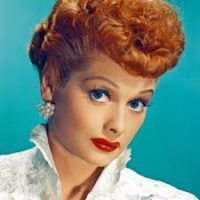 Lucille Ball, actress
Lucille Ball, actress- Humphrey Bogart, actor
- James Cagney, actor
- Maria Callas, soprano
- Sean Combs “Puff Daddy”, music
- Tom Cruise, actor
- Sammy Davis, Jr. actor, singer
- George Eastman, inventor
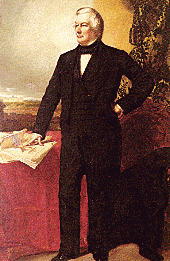 Millard Fillmore, U.S. president
Millard Fillmore, U.S. president- Henry Louis Gehrig, baseball player
- George Gershwin, composer
- Jackie Gleason, comedian, actor
- Julia Ward Howe, poet, social reformer
- Washington Irving, author
- Henry James, author
- John Jay, jurist
- Billy Joel, singer, composer
- Jerome Kern, composer
- Vince Lombardi, football coach
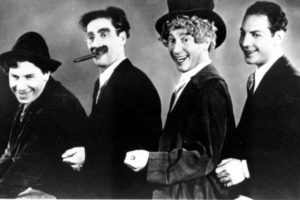 Chico, Groucho, Harpo, Zeppo Marx comedians
Chico, Groucho, Harpo, Zeppo Marx comedians- Herman Melville, author
- Ethel Merman, singer, actress
- Ogden Nash, poet
- Rosie O’Donnel, comedian
- Eugene O’Neill, playwright
- Christopher Reeve, actor, spokesperson
- John D. Rockefeller, industrialist
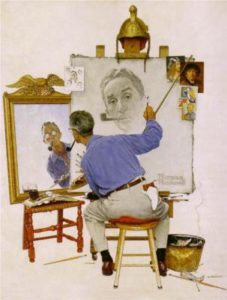 Norman Rockwell, painter, illustrator
Norman Rockwell, painter, illustrator- Mickey Rooney, actor
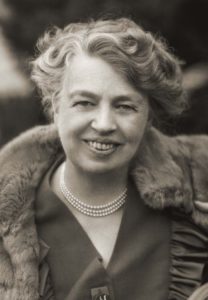 Anna Eleanor Roosevelt, First Lady, humanitarian
Anna Eleanor Roosevelt, First Lady, humanitarian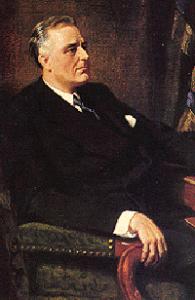 Franklin D. Roosevelt, U.S. president
Franklin D. Roosevelt, U.S. president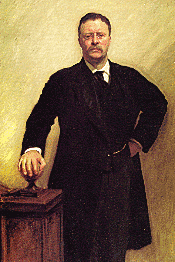 Theodore Roosevelt, U.S. president
Theodore Roosevelt, U.S. president- Jonas Salk, polio researcher
- Margaret Sanger, birth control
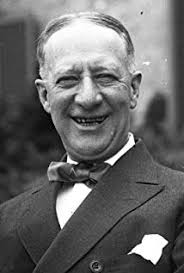 Alfred Emanuel Smith, politician
Alfred Emanuel Smith, politician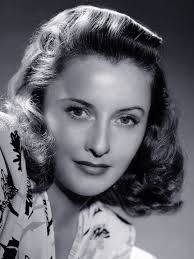 Barbara Stanwyck, actress
Barbara Stanwyck, actress- Barbra Streisand, singer, actress
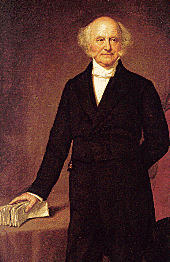 Martin Van Buren, U.S. president
Martin Van Buren, U.S. president- Mae West, actress
- George Westinghouse, Jr. inventor
- Edith Wharton, author
- Walt Whitman, poet
Credits
See ducksters.com
See 50 states.com
See lite987.com
